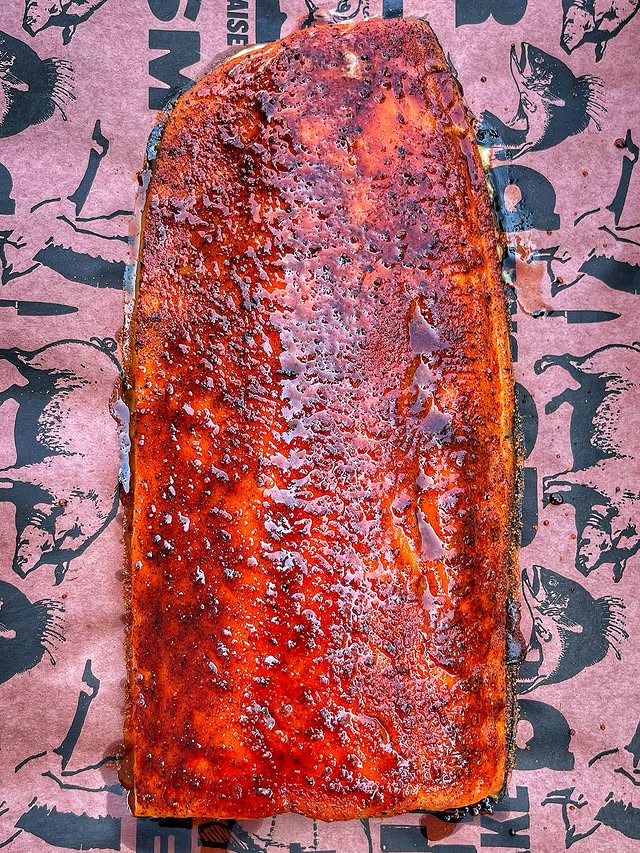If you’ve ever smelled that slow swirl of wood smoke wrapping around a perfect cut of fish, you know – smoking salmon on a pellet grill is one of life’s quiet luxuries.
It’s the kind of dish that looks fancy but doesn’t actually ask for much, except a little patience, precision, and smoke discipline.
A lot of folks think smoking fish is complicated. It isn’t. The truth? Your pellet grill does most of the heavy lifting. Once you understand the rhythm – brine, dry, smoke, rest – you’re set.
This isn’t a recipe that demands a decade of pitmaster experience. It’s a beginner-friendly, foolproof guide to turn fresh salmon into something you’d happily serve to guests or keep all to yourself (I won’t judge).
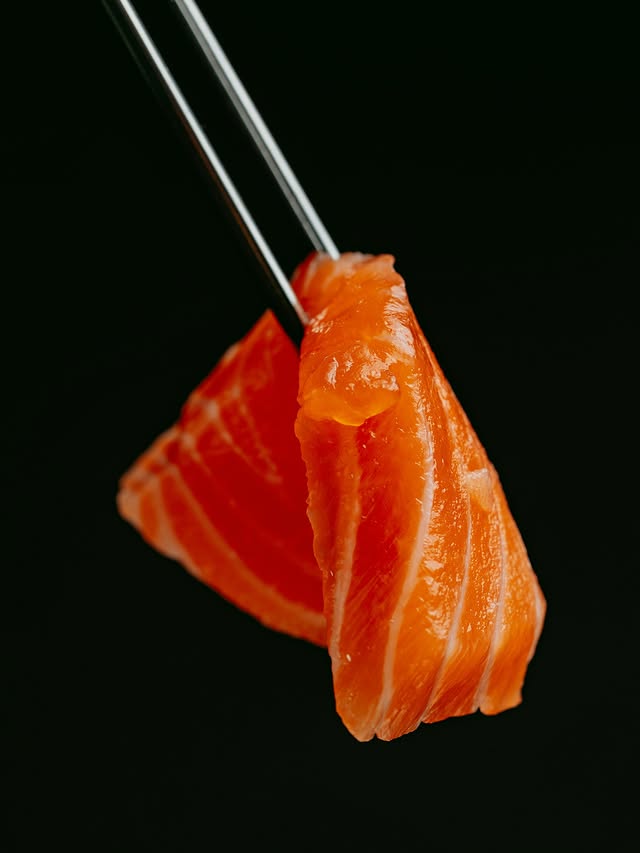
Why Pellet Grills Are Perfect for Smoking Fish
Fish is delicate. It cooks fast and hates surprises. That’s why pellet grills are a dream for smoking salmon – they hold temperature like a pro and deliver clean, consistent smoke without wild flare-ups or guesswork.
Unlike charcoal smokers, where one lump too many can ruin your day, a pellet grill keeps the smoke steady and predictable. You set the temp, load your wood pellets, and the machine hums along quietly while you sip your drink.
For salmon, go with apple, alder, maple, or cherry pellets – they give a soft, sweet flavor that complements the fish instead of overpowering it. Hickory works, but go light; it’s like cologne, not everyone appreciates it strong.
Pro insight:Fish doesn’t forgive hot spots. Pellet grills shine because they’re even-tempered. And when it comes to fish, that’s everything.
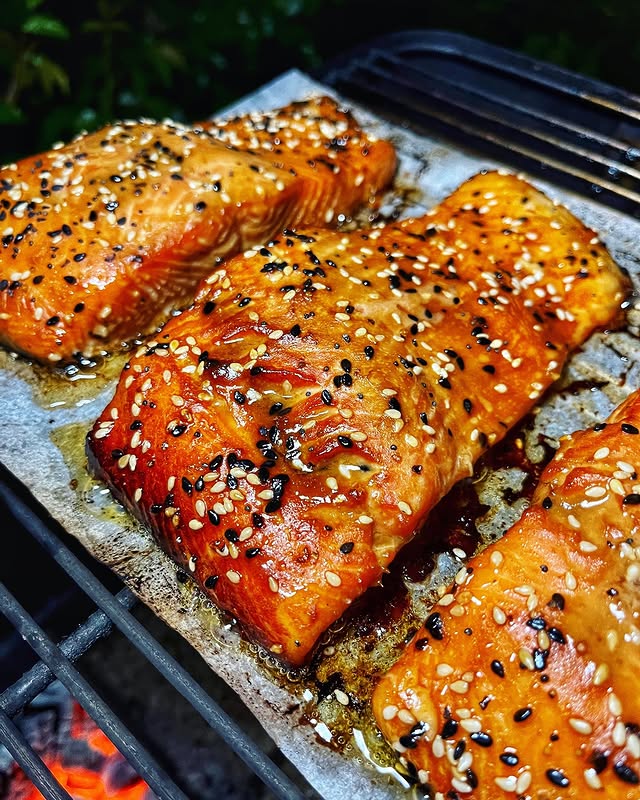
The Science of Smoke and Salmon
When you’re smoking salmon on a pellet grill, you’re not just cooking – you’re triggering chemistry. Wood smoke carries tiny flavor compounds that bond with the salmon’s fat and proteins.
That’s what gives it that deep, savory aroma and the signature golden color. Fat is your friend here – it absorbs and holds smoky flavor better than lean meat ever could. The goal is thin, blue smoke – clean, steady, and mild.
Thick white smoke? That’s your sign to fix airflow. So when you taste that silky, buttery salmon later, remember: it’s not magic, it’s controlled combustion with style.
And your pellet grill, with its precision heat and airflow, makes that science look like art.
Choosing the Best Wood Pellets for Fish
Not all smoke tastes the same. When smoking salmon on a pellet grill, your wood choice defines the flavor personality.
- Apple adds a soft, sweet note – perfect for beginners.
- Alder is classic – balanced, light, and traditional for salmon.
- Cherry gives a mild fruitiness and a beautiful reddish color.
- Maple brings warmth and gentle caramel tones.
Avoid mesquite and oak; they’re too heavy-handed for delicate fish. Think of your pellets like seasoning – subtle shifts make a big impact.
Want to impress? Try blending apple and cherry for sweet-smoke harmony. A handful of the right pellets can turn good salmon into great salmon, one puff of flavor at a time.
Cold Smoking vs. Hot Smoking (and Why It Matters)
There’s a reason we focus on hot smoking salmon on a pellet grill. Cold smoking – done below 90°F — doesn’t cook the fish; it cures and flavors it slowly over many hours, sometimes days.
The result? Luxurious, silky salmon like you’d see on bagels or charcuterie boards. But it’s tricky, requires careful temperature control, and can be risky if done wrong. Hot smoking, on the other hand, cooks and smokes simultaneously at around 180–200°F.
It’s faster, safer, and perfect for home setups. You get moist, flaky salmon with rich smoke flavor – no curing chambers or secret Nordic techniques required. In short: cold smoking is tradition, but hot smoking is accessible mastery.
Flavor Upgrades: Rubs, Glazes, and Marinades
Once you’ve nailed the basics of smoking salmon on a pellet grill, start playing with flavor. A simple soy-maple glaze brushed on during the last 30 minutes adds sweetness and shine. A lemon-dill rub gives bright, clean freshness.
Feeling bold? Try a bourbon-honey glaze or a Cajun spice rub for heat. The trick is timing – apply rubs before smoking, glazes near the end. You want the smoke to work first, then the sugar to caramelize into a glossy finish.
Think of it as layering personality: smoke brings depth, glaze adds flair. Once you learn that balance, you’re not just cooking – you’re crafting your own signature salmon.
What to Serve with Smoked Salmon
Good smoked salmon deserves great company. For a full meal, pair it with grilled asparagus, roasted potatoes, or herbed couscous. For lighter bites, flake it over salads, avocado toast, or pasta.
Feeling fancy? Serve it chilled with cream cheese and bagels, or roll it into sushi-style wraps. Because smoking salmon on a pellet grill gives such clean flavor, it’s versatile – equally at home in brunch spreads or dinner plates.
And here’s the secret: smoked salmon leftovers taste even better the next day. That smoky-sweet aroma deepens overnight, making it the gift that keeps on giving.
Whether hot or cold, it turns any meal into something that feels a little special – effortlessly.
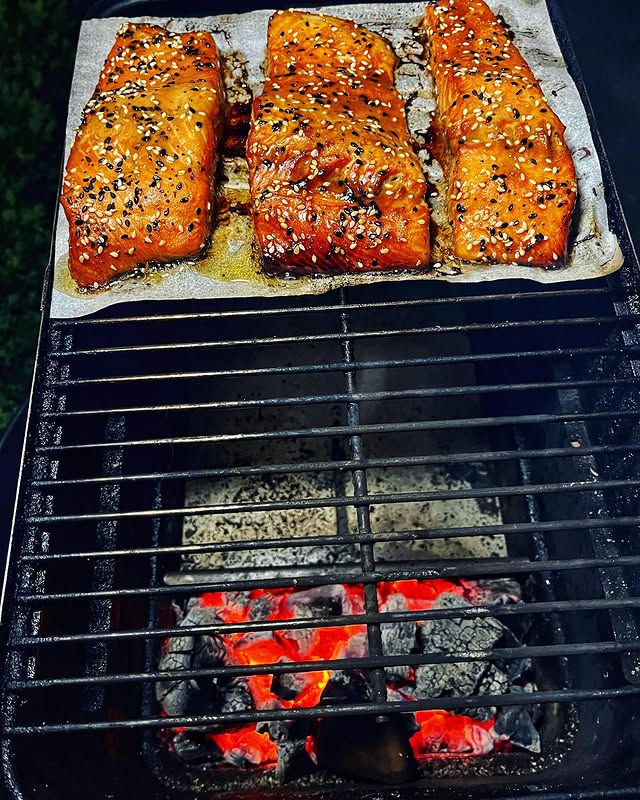
Pro Tips from the Pit
A few quick things to keep your next batch flawless:
- Choose quality fish. Fresh, skin-on fillets hold up best.
- Temperature control = everything. Stay between 180–225°F.
- Never skip the pellicle. It’s your flavor anchor.
- Use clean smoke. Thin, blue smoke equals good. Thick, white smoke means bitter.
- Try new woods. Alder for subtlety, apple for sweet, cherry for color.
- Avoid shortcuts. Microwave-defrosted salmon is a crime against nature.
Bonus: Once you’re confident, experiment with flavors – soy-maple glaze, bourbon-honey, or even a Cajun rub for heat. Salmon is forgiving, but smoke is honest.
Troubleshooting Common Mistakes
Even the best cooks mess up a batch or two. Here’s how to avoid rookie errors:
- Dry salmon? Too hot, too long, or skipped the brine.
- Bitter flavor? Dirty grill or too much dense smoke. Clean your grates regularly.
- Falling apart? Didn’t let the pellicle form or flipped it too soon. Always smoke skin-side down.
- No flavor? Weak pellets, short smoke time, or rushing the process.
Don’t sweat it. Every pitmaster has sacrificed a fillet in the name of progress. It’s part of the craft.
Why This Recipe Works
The beauty of smoking salmon on a pellet grill lies in its control and consistency. Unlike traditional smokers, where managing fire is a skill on its own, pellet grills free you up to focus on flavor.
That means no more babysitting temperatures or wrestling with flare-ups. You can relax, let the wood do the talking, and enjoy the slow rhythm that makes smoking food feel almost meditative.
It’s about patience and precision, not perfection. Each batch teaches you something – maybe about your grill, maybe about your own style.
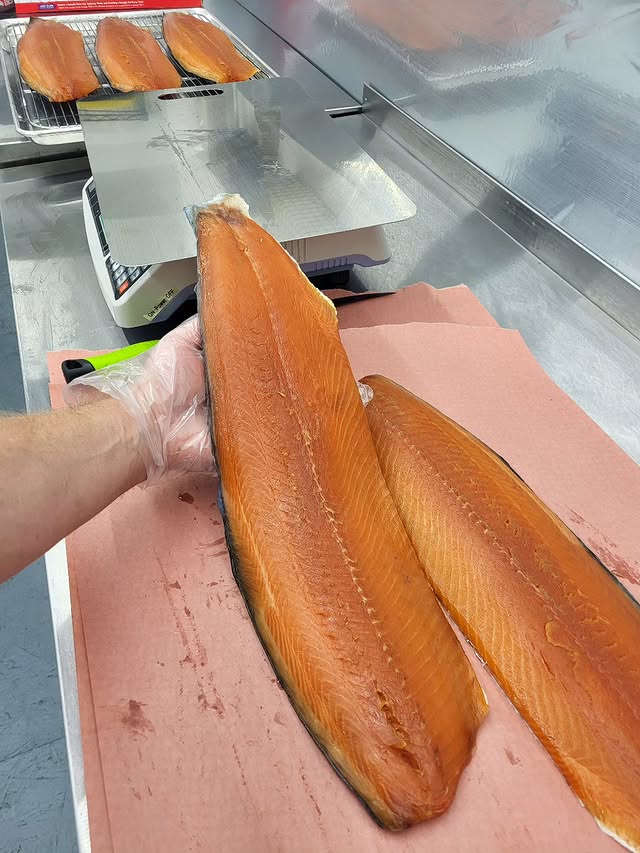
Smoke, Simplicity, and Satisfaction
At its heart, this is more than just a recipe – it’s a ritual. Smoking salmon on a pellet grill invites you to slow down, pay attention, and cook with intention.
When you pull that fillet off the grill, glistening with a thin coat of smoke and caramelized fat, you’ll understand why pitmasters swear by this process. It’s clean, flavorful, and deeply satisfying.
And once you nail your first batch, you’ll laugh at the idea of ever buying pre-smoked salmon again. Because now you know how to make it – better.
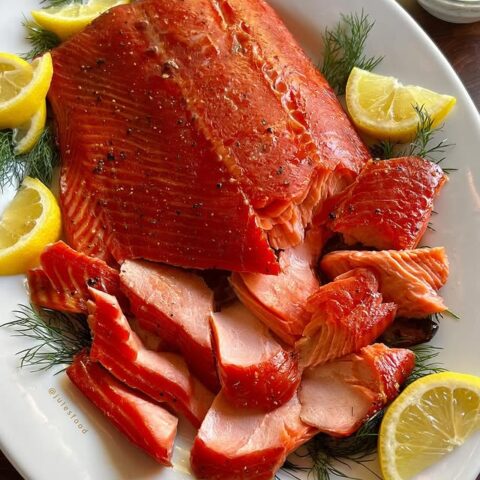
Sweet Brine Smoked Salmon (Pellet Grill Edition)
Ingredients
- 1–2 lbs salmon fillet (skin-on, fresh if possible)
- ¼ cup kosher salt
- ¼ cup brown sugar
- 2 tbsp cracked black pepper
- 2 cups cold water
- Olive oil (light brush before smoking)
Optional
- Flavor boosts: fresh dill, lemon zest, maple glaze, garlic powder, or a light sprinkle of chili flakes.
Equipment
- Pellet grill
- Wood pellets (apple or alder)
- Wire rack or grill mat
- Food thermometer
Instructions
- Brine the Salmon – Your Flavor Foundation. Let’s start where most people skip – the brine. Brining does two things: it adds flavor and locks in moisture. Skip it, and your salmon will be a dry, smoky brick. In a bowl, mix salt, brown sugar, and water until dissolved. Submerge the salmon completely. Cover and refrigerate for 4–6 hours. After brining, rinse it gently under cold water and pat it dry. Then, and here’s the magic part, let it rest uncovered in the fridge for 1–2 hours. This allows the surface to dry slightly and form a pellicle – that thin, tacky layer that smoke loves to cling to. Think of the pellicle as the salmon’s smoke magnet. It’s what separates “smoked” salmon from “slightly flavored fish.” Pro tip: Don’t rush the drying step. This is where your patience starts paying off.
- Preheat and Set Up Your Pellet Grill. Preheat your pellet grill to 180–200°F – low and slow. That’s the sweet spot for smoking salmon on a pellet grill without drying it out. Load your hopper with apple or alder pellets (or cherry if you want a touch of color and sweetness). Avoid mesquite or oak unless you enjoy your fish tasting like a lumberyard. Once the temperature stabilizes, lightly oil your grates or place a grill mat or wire rack to keep the salmon from sticking. Quick note: Fish cooks faster than ribs or brisket. Stay close during your first batch – a few degrees too hot can make a big difference.
- Smoke the Salmon. Lay your salmon skin-side down on the grill. Close the lid, and let the magic happen. You’re looking at about 1.5 to 2 hours of smoke time depending on the thickness. The goal? An internal temperature of 140–145°F. Don’t crank the heat – resist every urge. Slow smoking gives the salmon time to soak in the flavor while staying moist and tender. If you want a little gloss and sweetness, brush the top with maple syrup or honey during the last 30 minutes. The sugars caramelize just enough to form a rich, shiny crust. Signs it’s ready: A) The flesh looks glossy and firm. B) It flakes easily with a fork. C) It smells… right. You’ll know. Chef’s note: If it smells incredible and you start hovering near the grill “just to check,” congratulations – you’re close.
- Rest, Cool, and Serve. Once the salmon hits temp, take it off the grill and let it rest for 10 minutes. That short pause allows the juices to redistribute, keeping it silky and tender. From here, you have options: A) Serve hot with grilled veggies or rice. B) Chill it for a few hours for that classic smoked salmon texture – firm yet buttery. Either way, it’s outstanding. A drizzle of olive oil, a squeeze of lemon, maybe some dill. Keep it simple; the smoke already did the heavy lifting. And if there’s any left the next morning (doubtful), try it on bagels with cream cheese, or crumble it over eggs or pasta. Smoked salmon is one of those rare leftovers that actually improve overnight.
Featured image credit: @michigantraeger

